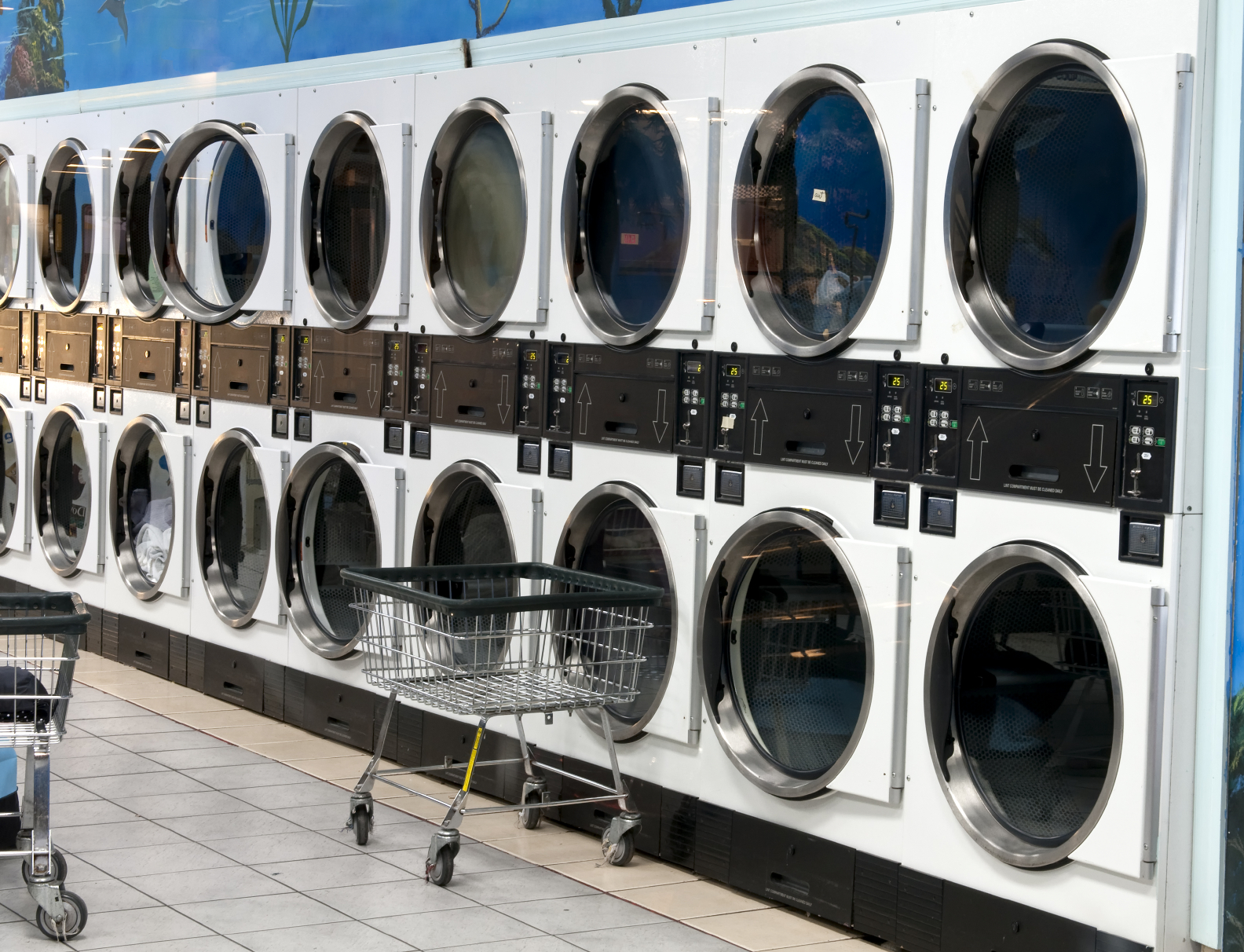

Avoid models that require more than an hour to complete a load or you could wind up spending all day doing your family’s laundry. Some models take longer than others, though, so it’s important to pay attention to operating times. A stackable washer and dryer usually requires a little more time to wash and dry a load. Are the cycles of stackable washers and dryers the same length as those of traditional washers and dryers?Ī. No more lugging your dirty clothes to the laundromat! FAQ Q. Some higher-end models feature digital and touchpad controls that can be even easier to use.īecause of its compact size, a stackable washer and dryer is an ideal option for an apartment. Most stackable washers and dryers have dial controls for choosing the settings and cycles. The dryer should have essential settings like low, medium, and high heat, as well as a no-heat option. Some might also have settings for bulky items like bedding and towels. At the very least, the washer should offer basic cycles, such as normal, delicate, heavy-duty, and permanent press. Stackable washers and dryers don’t typically offer as many special settings and cycles as traditional washers and dryers, so it’s important to consider if the features will meet your laundry needs. These feature washers that use approximately 25% less energy and 40% less water, and the dryers use 20% less energy than standard dryers. If you’re very concerned about the energy costs of the appliance, look for an Energy Star-certified model.

Energy efficiencyĪ stackable washer and dryer that features front-loading components is usually more energy efficient. If you don’t, you’ll need to hire a licensed plumber to add one, and the installation will probably offset any long-term savings in energy costs.
Stackable laundry machine install#
However, you must have a gas connection in your home to install a gas dryer. Gas dryers tend to be more expensive to buy but can save you money in energy costs in the long run. Electric dryers are typically less expensive to buy initially, but the operating costs can be higher. Most stackable washers and dryers have an electric dryer, but there are some models with a gas dryer. The washers range from 1.5 cubic feet to 4 cubic feet, while the dryers offer between 3.4 cubic feet and 6 cubic feet.


However, there is some variety among models in terms of capacity, so if you have a large household, look for a larger model. In general, a stackable washer and dryer ranges from 74 to 76 inches high, 23 to 28 inches wide, and 27 to 32 inches deep.īecause these appliances have a smaller capacity, you’ll need to do your laundry in smaller loads. That’s why it’s important to measure the area in which you plan to put it, so you know exactly how much space you have to work with. The components tend to be slightly smaller than traditional washers and dryers.įor most homeowners, the main selling point of a stackable washer and dryer is that it takes up less space. The size and capacity of any appliance is always important, but these are features to pay particular attention to with a stackable washer and dryer. BestReviews Cleaning Expert Stackable washer and dryer features to consider Size and capacity


 0 kommentar(er)
0 kommentar(er)
